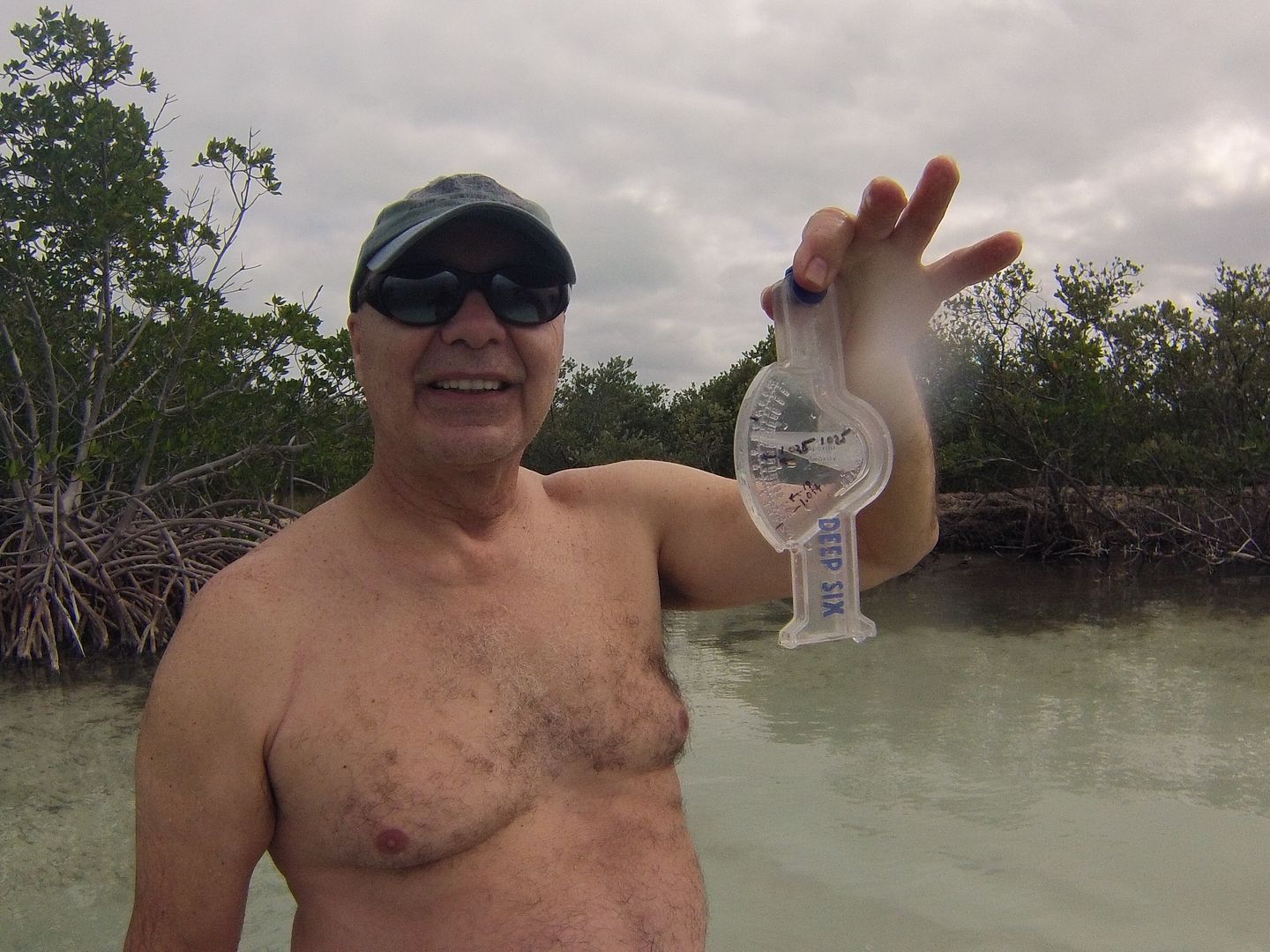DaveR11
Well-Known Member
I had lost a couple of Acros recently and wanted to check my parameters and I had worred my salinity might be off. So on visiting a new LFS today I got another refractometer to compare with mine. I keep my DT and QTs at 35 ppt with the temperature at between 25 and 26 centigrade. My original refractometer was by DD with the new one being unbranded.
So on getting home I tested the DT. The results were as follows:
DD - 35 ppt (as expected as the ATO works pretty well on my Red Sea 650).
Unbranded - 40 ppt. Yes 40!
I could not believe the difference. I calibrated both again using RO water and got the same result. So that really got me worried. Which one was correct? If the tank genuinely was 40 that might explain the loss of more sensitive corals. So I mixed up some new seawater - 1 litre according to Red Sea's instructions for the Coral Pro - 38g in 1 litre of water to give 35 ppt. The DD read it as 35 bang on the money and the unbranded as 40 ppt. So I know am pretty sure which one to believe.
When in the LFS I was told they use these unbranded refractometers for making up their water so I checked the water in the bags the new fish were in. I was told they kept their fish system at around 26 ppt. The DD machine read it as 23ppt so there was an even bigger difference in their salinity from mine....
Wondering now if I take the unbranded refractometer back as it is so far out....?
So on getting home I tested the DT. The results were as follows:
DD - 35 ppt (as expected as the ATO works pretty well on my Red Sea 650).
Unbranded - 40 ppt. Yes 40!
I could not believe the difference. I calibrated both again using RO water and got the same result. So that really got me worried. Which one was correct? If the tank genuinely was 40 that might explain the loss of more sensitive corals. So I mixed up some new seawater - 1 litre according to Red Sea's instructions for the Coral Pro - 38g in 1 litre of water to give 35 ppt. The DD read it as 35 bang on the money and the unbranded as 40 ppt. So I know am pretty sure which one to believe.
When in the LFS I was told they use these unbranded refractometers for making up their water so I checked the water in the bags the new fish were in. I was told they kept their fish system at around 26 ppt. The DD machine read it as 23ppt so there was an even bigger difference in their salinity from mine....
Wondering now if I take the unbranded refractometer back as it is so far out....?

